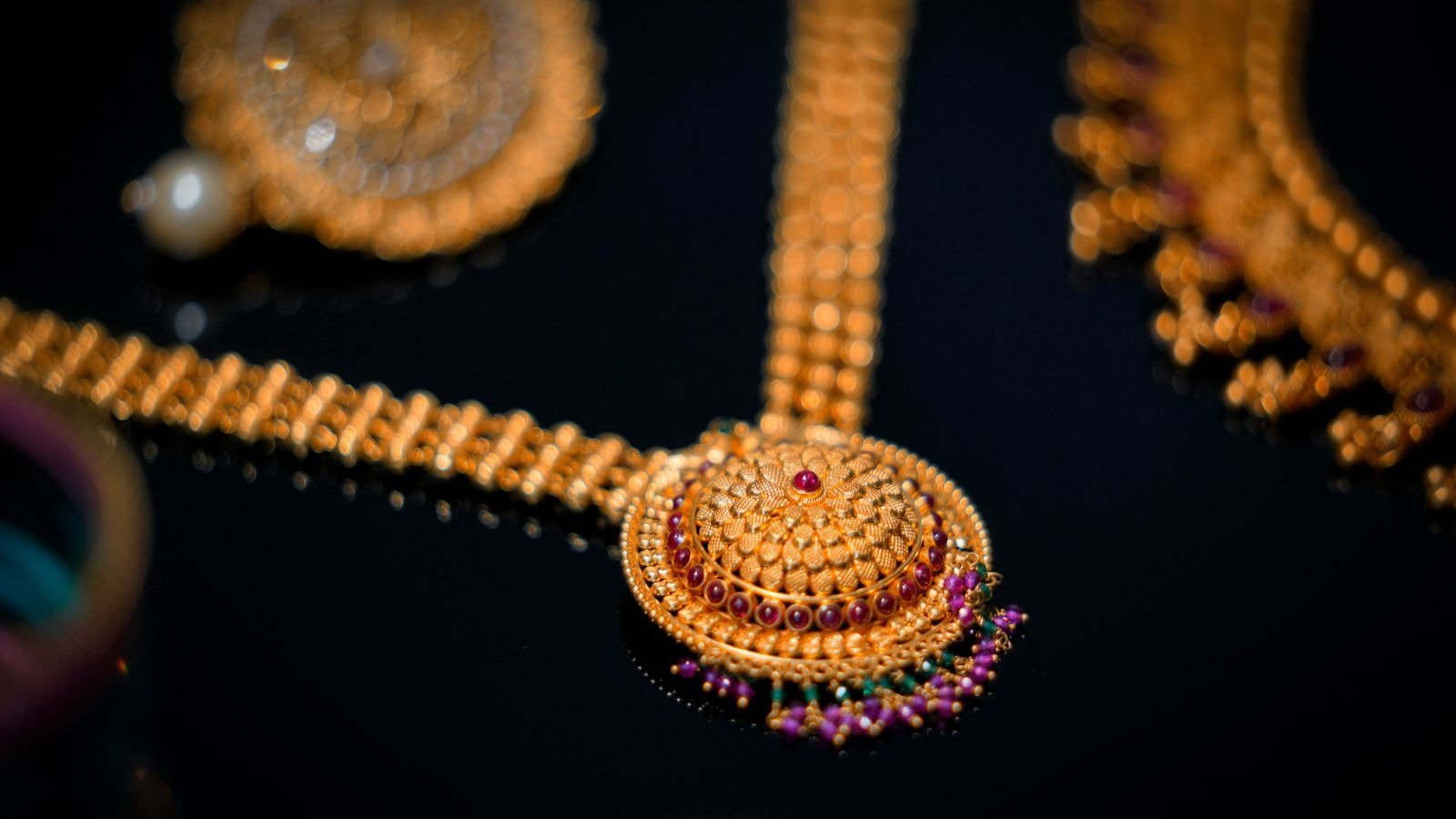This Diwali, the narrow lanes of Mumbai’s historic Zaveri Bazaar were even more crowded than usual, as shoppers flocked to buy gold on the festival’s first day. Interestingly, most buyers were seeking gold coins and bars rather than traditional jewelry, according to Mahavir Kothari, a wholesaler in the market.
Industry bodies such as the India Bullion and Jewellers Association (IBJA) and the All India Gem and Jewellery Domestic Council (GJC) reported that over 40 tons of gold were sold in India on October 19 alone. Across the five-day festival ending Thursday, gold sales totaled between ₹700 billion ($8 billion) and ₹1 trillion ($11 billion). Ajay Chawla, CEO of jewelry chain Tanishq, warned that festive demand for gold coins and bars could lead to shortages.
Traditionally, jewelry accounted for the majority of sales, but this season saw a shift toward investment purchases. Surendra Mehta, IBJA National Secretary, noted that jewelry sales fell about 30% compared to last year. Rising gold prices—up 66% by mid-October and still 55% higher—have fueled this trend. Gold recently surpassed $4,000 per ounce, with some experts predicting $5,000 in 2026.
India remains the world’s second-largest gold buyer after China, driven by festival and wedding season demand. Retail investors are increasingly attracted to gold amid global central banks’ accelerated purchases, creating a surge in prices. According to Goldman Sachs, central banks in emerging markets have boosted gold purchases fivefold since 2022, marking a structural shift in reserve management.
Experts highlight that gold is now viewed as both an investment and a hedge against a weakening rupee or volatile equity markets. Investments span bars, coins, digital gold, and ETFs, with gold ETF inflows in September rising sixfold to ₹83.63 billion year-on-year. Morgan Stanley estimates that Indian households hold $3.8 trillion in gold, equivalent to 88.8% of GDP, sustaining strong demand despite high prices.
Wealth managers suggest allocating 5%-10% of portfolios to gold, though some, like Ray Dalio, recommend up to 15%, as global central banks continue to remain net buyers.





